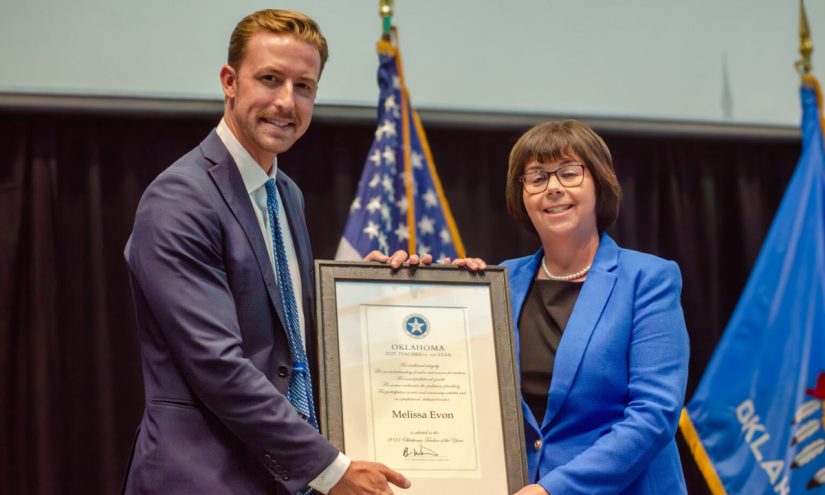Everyone who can benefit from higher education deserves to do so. That’s pretty much what people remember the Robbins report as saying – and it is a comforting story that higher education likes to tell itself.
But it doesn’t really hold true in the experiences of an increasingly diverse pool of potential applicants.
The state of the art of supporting and regulating fair access to (and participation in) higher education in England has moved far beyond the (rather unsophisticated) idea of national targets and metrics. Like it or loathe it, the risk-based approach taken by the Office for Students is commendably grounded both in the experience of individual students and the academic literature.
However a weakness of this approach is the temptation to argue that any access gaps represent a failure of higher education providers rather than taking a whole system (educational and, indeed socio-economic) perspective. When we do glance at wider problems with, say schools attainment it may not always be universities that are best placed (or adequately supported) to address them.
And let us not be coy here – there are gaps:
The chart shows progression rates to HE, either to all providers or “high tariff providers” (of which more later) for each year since 2009-10. The size of the dots represent the number of students in that population, the colours represent the groups of characteristics: you get everything from measures of economic disadvantage, to ethnicity, to disability and – new for this year – care experience. We are looking at the students that might usually be expected to enter HE that academic year (so the cohort that turned 18 the previous year – those who took a year out before university or who progress after resits will not be shown as progression to HE).
SEN and EHCP
There’s thousands of potential stories in this data – for this article I’m going to focus on special educational needs (SEN) as a factor influencing progression.
As you can see from the chart 21.1 per cent of students with any special educational need progressed to higher education by the age of 19 in 2023-24. This is the highest on record, but before you break open the champagne we should add that the progression rate for their peers without SEN was more than 50 per cent. And for progression to high tariff providers the gap is even starker: 14.9 per cent without SEN, 3.8 with.
Though a traditional image of a student with SEN may be of someone who is less academically able, there are many very academically inclined students who have SEN and are able to progress to any destination you can think of if they can access the right support. Support is not exactly easy to come by, and it is very much a lottery whether support is available to a particular child or not. Progression to any higher education setting by 19 was 25.4 per cent for those with SEN who had more generalised support, and just 9.4 for those who managed to get an education, health, and care plan (EHCP).
Again, the experience of pupils with an EHCP may make it more likely that they apply later on (and thus not feature in their cohort data) – those who do progress often need to top up their level 2 or 3 qualifications before being able to progress to the next level of study, all of which takes time.
But just 1.5 per cent of students with an EHCP, 327 students, progressed to a high tariff provider. To me, that’s a systemic failing.
Regional dimensions
More so than any other characteristic, where you live (and, more germanely, where you go to school) has a huge impact on your educational experience with SEN. In Kensington and Chelsea, 45.5 per cent of students with SEN are in HE by the age of 19. In Thurrock, the figure is more like 10 per cent.
The variation is similar for all students – 71 per cent get to university in Redbridge, 26 per cent in Knowsley.
But this core variation (which covers everything from socio-economic status to school quality to aspirations) is overlaid by the varying proportions of students with SEN in each area, and the varying levels (and quality) of the support that can be provided.
Some 23.3 per cent of all students in Middlesbrough have a SEN marker. In Havering the figure is 8.85 per cent (there are some outliers with low numbers of students in total)
What is being done?
As Alex Grady of nasen wrote on the UCAS blog earlier this year, the many misconceptions around SEN indicating some form of “learning difficulty” that makes higher education irrelevant or impossible still persist. Students with SEN very often flourish at university, but the assumption that they will not attend higher education – so thinking around support through and beyond the transition between compulsory education and higher education often happens late or in a piecemeal fashion.
It is comparatively rare for a university to visit a non-mainstream school, or vice-versa. There are many reasons (not least financial) for this not to happen, but there is a clear benefit to introducing students from all settings to a range of post-compulsory routes early and often. Sometimes special schools and other alternate provision partner with larger local schools to make this happen.
Student records do not transition neatly between the compulsory sector and higher education, a situation not helped by the presumption that an EHCP extends to age 25 if you don’t go to university, but ends if they do (this, beautifully, is considered a “positive outcome”). A student may be used to assuming staff understand the best way to support them (as this is what happened at school) and feel uncomfortable or ill-equipped to effectively argue for similar support in HE.
Universities do address this, both in highlighting the support that they offer students and in signposting what is available via the Disabled Students’ Allowance (many students with SEN do not identify themselves as “disabled”, and the variations in terminology are a recognised issue). But schools also have a role to play in preparing students for an application and choice experience that is pretty bewildering for all students.
Additional data
The DfE Widening Participation release is the only place where you get a definition of a “high tariff” provider – in 2023-24 this term referred to higher education providers with a mean tariff of 125.8 or above (last year this was 129.4).










